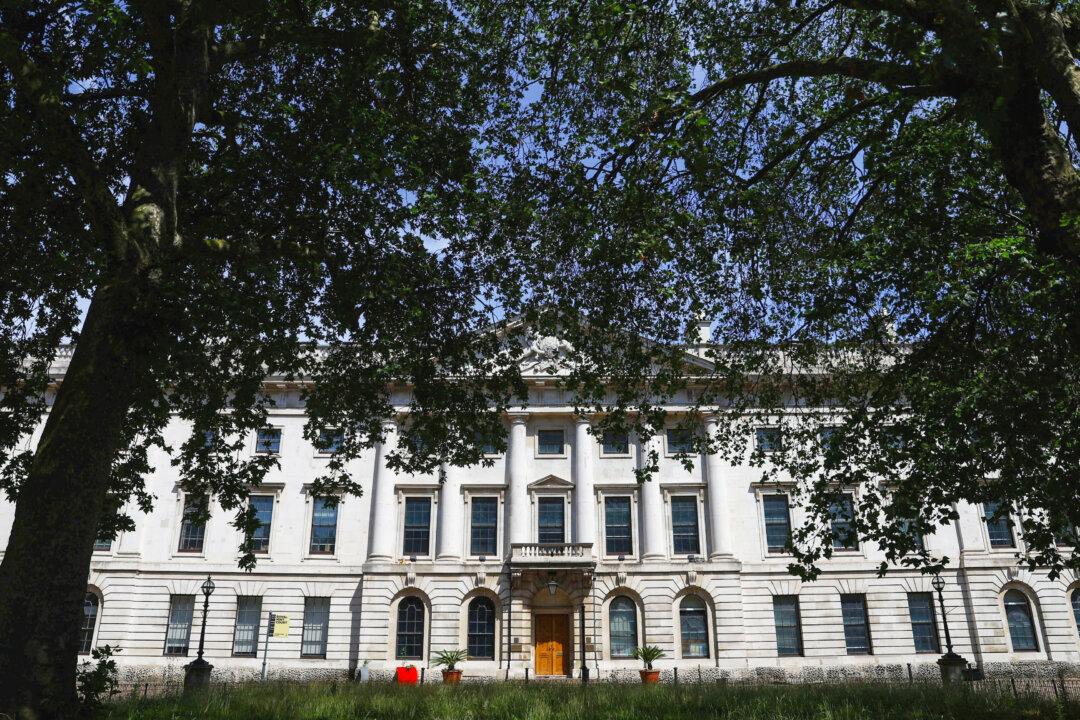The average earnings by Britons have risen faster than inflation at the highest level for two years, amid a slight slowdown in the UK employment rate.
The labour market overview by the Office of National Statistics (ONS) analysed the latest employment and wage growth data in Britain. In the period of July to September, the annual growth in regular pay was 7.7 percent.





